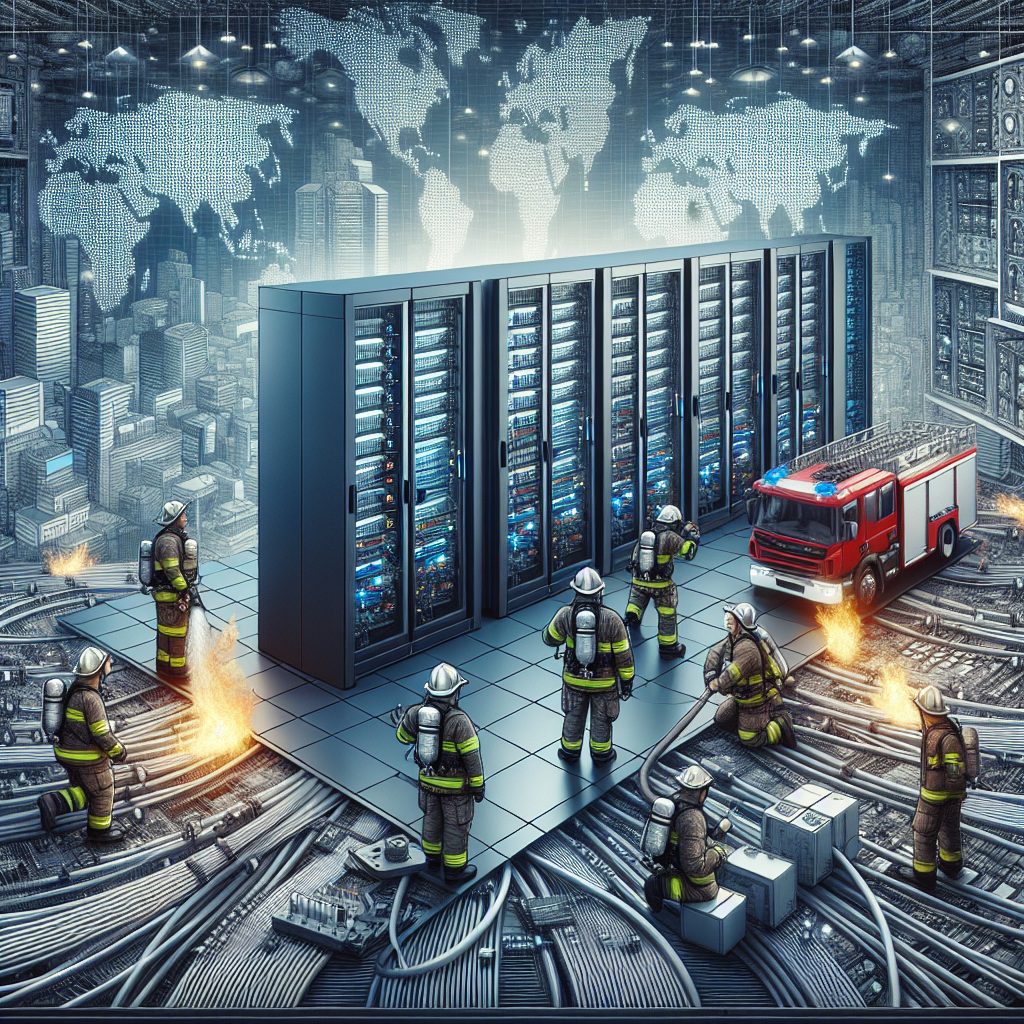Your cart is currently empty!
Fire Suppression Strategies for Data Centers: Mitigating Risk and Ensuring Business Continuity

Data centers are the backbone of modern businesses, housing critical IT infrastructure and sensitive data that are essential for day-to-day operations. With the increasing reliance on digital technology, ensuring the safety and security of data centers has become a top priority for organizations. One of the key aspects of data center safety is fire suppression strategies, which are designed to mitigate the risk of fire and ensure business continuity in the event of an emergency.
Fires in data centers can have devastating consequences, leading to data loss, equipment damage, and downtime that can result in significant financial losses. Therefore, it is crucial for data center operators to implement effective fire suppression strategies to protect their assets and ensure the continuity of their operations.
There are several fire suppression strategies that data centers can employ to mitigate the risk of fire and minimize the impact of a potential fire incident. One of the most common methods is the use of fire suppression systems, such as water-based sprinkler systems or gaseous suppression systems. These systems are designed to detect and extinguish fires quickly and effectively, minimizing damage to equipment and data.
Water-based sprinkler systems are a cost-effective and reliable option for data center fire suppression. These systems use water to extinguish fires by spraying a fine mist over the affected area. While effective, water-based sprinkler systems can pose a risk to sensitive IT equipment, as water can cause damage to electronics and other hardware. To mitigate this risk, data centers can implement specialized water-based sprinkler systems that use mist or foam instead of traditional water, which are less damaging to equipment.
Gaseous suppression systems are another popular option for data center fire suppression. These systems use inert gases, such as nitrogen or argon, to extinguish fires by displacing oxygen in the affected area. Gaseous suppression systems are ideal for data centers, as they are clean and non-conductive, making them safe for use around sensitive IT equipment. Additionally, gaseous suppression systems are fast-acting and can extinguish fires quickly, minimizing damage to equipment and data.
In addition to fire suppression systems, data centers can also implement other strategies to mitigate the risk of fire. Regular maintenance and inspections of electrical systems and equipment can help identify potential fire hazards before they escalate. Proper cable management and ventilation can also help prevent overheating and reduce the risk of fire. Training employees on fire safety procedures and emergency response protocols can ensure a prompt and effective response in the event of a fire.
Overall, effective fire suppression strategies are essential for data centers to mitigate the risk of fire and ensure business continuity. By implementing a combination of fire suppression systems, regular maintenance, and employee training, data center operators can protect their assets and minimize the impact of a potential fire incident. Investing in fire suppression strategies is not only a matter of compliance with regulations, but also a critical component of ensuring the safety and security of data centers in today’s digital age.

Leave a Reply